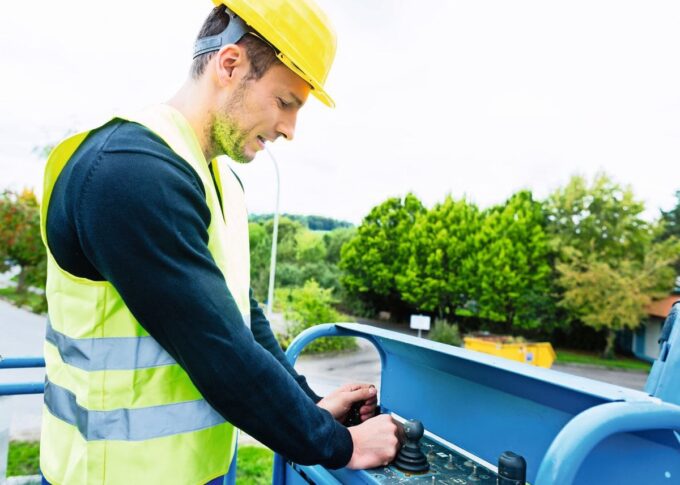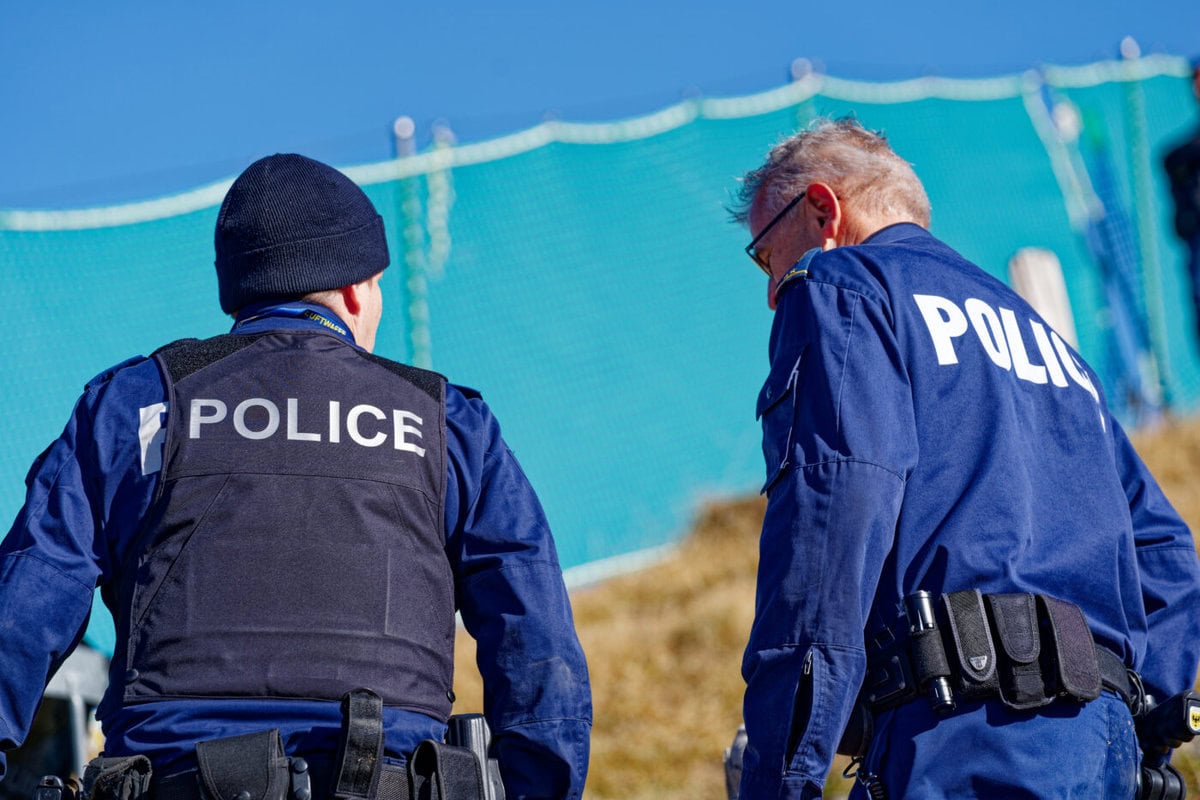Legal basis for driving construction machinery
Driving construction machinery is associated with particular dangers. Many accidents still occur in the lower weight classes. But when is instruction sufficient and when is training in the respective category required?

The operation of cranes is associated with great danger. Due to the high density of cranes in Switzerland, several serious accidents involving cranes occur every year, according to Suva. But the handling of other construction vehicles should not be underestimated either. Accidents often occur because construction machines are reversing and people are standing in the danger zone, warns Fredy Suter, health and safety specialist in the field of construction machinery and cranes at Suva, on the occasion of an SGIG conference at Zeder AG in Hochdorf. Therefore, a solid training is necessary in any case. The focus is on comprehensive thematic knowledge of the vehicle to be operated.
Know-how is important
Driving construction machinery is associated with special dangers (Art. 8, Ordinance on Accident Prevention, VUV). Many accidents still occur with the smaller weight classes. It is therefore essential that persons operating construction machinery have the necessary know-how. But when is instruction sufficient and when is training in the respective equipment category required?
According to the VUV, a general training obligation applies to the driving of all construction machines with a driver's seat. However, training is also mandatory for construction machines without a driver's seat, such as anchor drilling rigs.
Young people under the age of 18 are not permitted to operate construction machinery. This does not apply to apprentices who are required to operate construction machinery according to the training plan. "When it comes to the training plan, you always have to consider who exactly is operating what equipment," Suter emphasizes. This is especially true when it comes to dangerous equipment. It could happen, for example, that apprentices have to fetch a load of concrete, are not instructed enough and then have an accident while handling the construction machine.
When is instruction enough?
The situation is different for so-called pedestrian-guided machines and devices that only have a footboard to ride on or are hand-guided. For these machines, instruction in accordance with Art. 6 of the VUV is sufficient. An important basic requirement for all pedestrian-controlled machines and equipment in the construction industry is a so-called dead man's switch. These preventive devices are usually found on dangerous machines and are often required by law and insurance regulations. They respond to motionlessness and stop the machine when released. According to Suva, frequent accidents also occur on small excavators, dumpers and rollers, for example, when safety belts are not worn and the rollover protection device is not used.
Various training models
The crux of the matter is that there are different training models for construction machine operators depending on the industry, and there is no federal certificate of proficiency. In order to be allowed to operate construction machinery in the main construction trade, a so-called construction machinery operator course is completed in accordance with the examination regulations of the K-BMF association, which is recognized throughout Switzerland (with the exception of some special cantonal regulations, the legal situation in Valais, Vaud, Geneva and Neuchâtel). An identity card is not required, but according to Art. 8 of the VUV a training confirmation is required. According to this article of the law, training can be designated as such if a comprehensive imparting of theoretical and practical knowledge on a specific subject is ensured, taking into account the review. Instruction according to Art. 6 of the VUV is always a practical instruction on a specific activity, which usually takes place at the workplace. An instruction can be extended branch-specifically. The competences are imparted by experienced construction machine operators or by instructors before the training.
Classification of construction machinery
In addition to the so-called pedestrian-controlled machines (which require instruction according to VUV Art. 6), the other construction machines, for which training is mandatory according to VUV Art. 8, are divided into so-called M classes. However, this categorization is not identical in all sectors. The weight class of construction machines under five tons (M1) includes small equipment and construction machines (e.g. excavators, pile loaders, dumber, etc.). The weight class above five tons is divided into the following M categories: Pneu and crawler excavators (M2) and wheel loaders or track loaders (M3). Other categories from M4 to M7 include walking excavators, pavers, rollers and special machines. In the M6 category with rollers, the weight class is not necessarily limited, but only their range of use according to different pavements.
Open questions
Various training centers have been audited by the K-BMF association. However, in connection with the weight classes and the transitional provisions of the industry, there are still some open questions between Suva and the association K-BMF. A clear differentiation would be particularly advantageous in the classes with small equipment, as the frequency of serious accidents is still significantly higher in the classes with lower weights, says Suter. Training courses by industry are also correspondingly confusing, as an example of training for construction equipment operators illustrates: construction equipment operators in the green industry, for example, are trained as part of a three-day basic module. Forklift and construction equipment operator instruction, on the other hand, can take up to five days.
With the creation of an Ekas guideline for the operation of construction machinery, the basic training would be more clearly regulated in this respect, the Suva expert is convinced. Against this background, a number of industry associations have already been surveyed on this topic at the beginning of 2022. According to Suva, the feedback will be evaluated this year.









